Sailrite Fabricator vs Juki 1541 Which One Is Best
Sailrite Fabricator vs Juki 1541 are you looking to compare these two machines? If you’re looking for an industrial sewing machine because you regularly work with materials such as upholstery or canvas, you certainly have a lot of them to choose from. The truth is, industrial sewing machines have all of the features you need to create masterpieces such as furniture, drapes, and awnings to name a few.
Two of the most popular sewing machines for this purpose include the Sailrite Fabricator and the Juki 1541. Both of these are high-tech, advanced machines that make working with these materials a lot easier.
If you’re researching the Sailrite Fabricator vs. Juki 1541 so that you can decide which one to purchase, you’ve come to the right place. Below is information on each of these great sewing machines that you need to know before you buy one.
The Sailrite Standard Fabricator Sewing Machine
The Sailrite Fabricator is a full-size industrial sewing machine that comes with a compound walking foot. It is perfect for upholstery, canvas, or awning shops and can be used by both businesses and DIY enthusiasts.
The high-quality castings and machined parts mean it will last for many years to come, and it enables you to work with materials such as soft- or medium-weight leather, denim, and even heavy canvas. The 550-watt, 3/4 horsepower motor runs quietly but efficiently, in part because it is a servo motor that provides maximum power even if you’re sewing at slow speeds.
Best of all, the Fabricator has tons of features to make your life as a sewer a lot easier. These include an extra-high foot lift that accommodates fabrics of all thicknesses, lots of underarm space to make sewing more comfortable, and a large rotary hook that is there to reduce the frequency of bobbin winding.
You can even wind your bobbin while you’re sewing! The table top is 1.5 inches thick and made out of sturdy plywood, and it is laminated on both top and bottom for extra strength and longevity. It even has an LED light that lasts up to 50,000 hours without getting hot.
Of course, once you buy your Sailrite Fabricator, you’ll get complete instructions on how to put it together and excellent customer service for as long as you own the machine.
Some of the items that come with the machine include an industrial tabletop with K-legs, belt cover and belt, support pin, industrial thread stand, three screwdrivers, oil and oil pan, tons of needles of different sizes, a deluxe seam ripper, knee lift, and lint brush, among others. This isn’t a company that hands you the machine and nothing else – you get everything you need so you don’t have to wait to start sewing!
Pros
- Accommodates both thin and thick fabrics
- Has tons of built-in features to make sewing easier
- Comes with everything you need to begin using it immediately
Cons
- At around $1,800, it is a bit pricey for some people
- It has to be put together, which some people find challenging
The Juki 1541 Sewing Machine
The Juki 1541 is an industrial sewing machine with a reliable feed and consistent seam quality, which makes sewing with all sorts of heavy materials easy to do. Some of its features include a larger needle-bar stroke, double-tension mechanism, and higher presser foot lift to make sewing with extra-thick fabrics a piece of cake.
With this machine, even if the thickness of the fabrics changes as you’re working, you can still enjoy a walking foot that offers alternating vertical movements and a presser foot that stays the same the entire time.
The machine even has a new method of rectangular feed that means the needle won’t fray, which in turn makes sewing multi-layered parts of a material consistent when it comes to the stitching pitch and which even prevents stitches that gather.
You can also enjoy sewing speeds of up to 3,000 stitches per minute, a stitch dial that allows you to easily select the stitch length, and even the ability to clearly see the area around the needle, which makes all projects a lot easier. In addition, the machine has a full-open type of cover that makes adjustments simple and fast.
The Juki 1541 also offers a knee-lifter mechanism that is built into the bed, which reduces the pressure required for operation of the knee-lifter. It also means a much faster and easier setup in the beginning.
You also get a lubricating mechanism that uses a centralized oil wick, which means that oiling your machine is a lot less complicated. There is even a walking foot mechanism built into the arm of the machine so that the oil won’t scatter. And thanks to the servo motor, you can enjoy up to 90% less energy than a clutch motor, as well as a motor that is 1/3 lighter.
Pros
- Can accommodate up to 3,000 stitches per minute
- Servo motor makes for very fast yet efficient operation
- Great for both beginning and experienced sewers
Cons
- At $1,730, it can be a bit pricey for some people
- Some people think the instructions are hard to understand
How to Decide Between These Two Sewing Machines
The Sailrite Fabricator and the Juki 1541 are both high-quality sewing machines specifically made for heavy fabrics and industrial use. One of the first things you’ll notice about these types of machines is that they use a walking foot, since this item is made to sew bulking seams and thicker fabrics.
If you use a standard presser foot, the material can sometimes get stuck and will bunch up some, which is why a walking foot works best for industrial jobs. That is why these types of sewing machines are often called walking foot sewing machines. Keep in mind that if all you need in a sewing machine are basic sewing jobs, you won’t need a walking foot sewing machine.
If you’re trying to decide which of these high-tech sewing machines to purchase, it’s good to compare the following features between them so you can make the right decision:
- The control system – A digital LCD screen means it is super-easy to view what you’re doing at all times, which is even more important when you’re sewing with heavy fabrics.
- The types of soles included with the machine – A lot of walking foot sewing machines have three interchangeable soles: standard, quilting, and edge-stitching. This variety can help a lot when you’re working with thick fabrics.
- The maximum sewing speed – Keep in mind that high-quality walking foot sewing machines usually offer speeds of at least 1,000 stitches per minute (SPM), which allows you to complete all of your projects on time.
- The number and type of stitches available – You might only need basic stitches for most of your heavy-duty projects, but it’s still nice to have others available should you decide to use the machine for other projects later on.
Conclusion
In the end, deciding whether the Sailrite Fabricator or the Juki 1541 is the best walking foot sewing machine is rather subjective. Both machines are high in quality, sturdy, and most importantly, work with all types of thick and heavy fabrics. They are also within the same general price range, so the important thing to do is give each one a “test drive” so you can determine which one feels more “right” to you. Looking at reviews from real-life customers also helps.

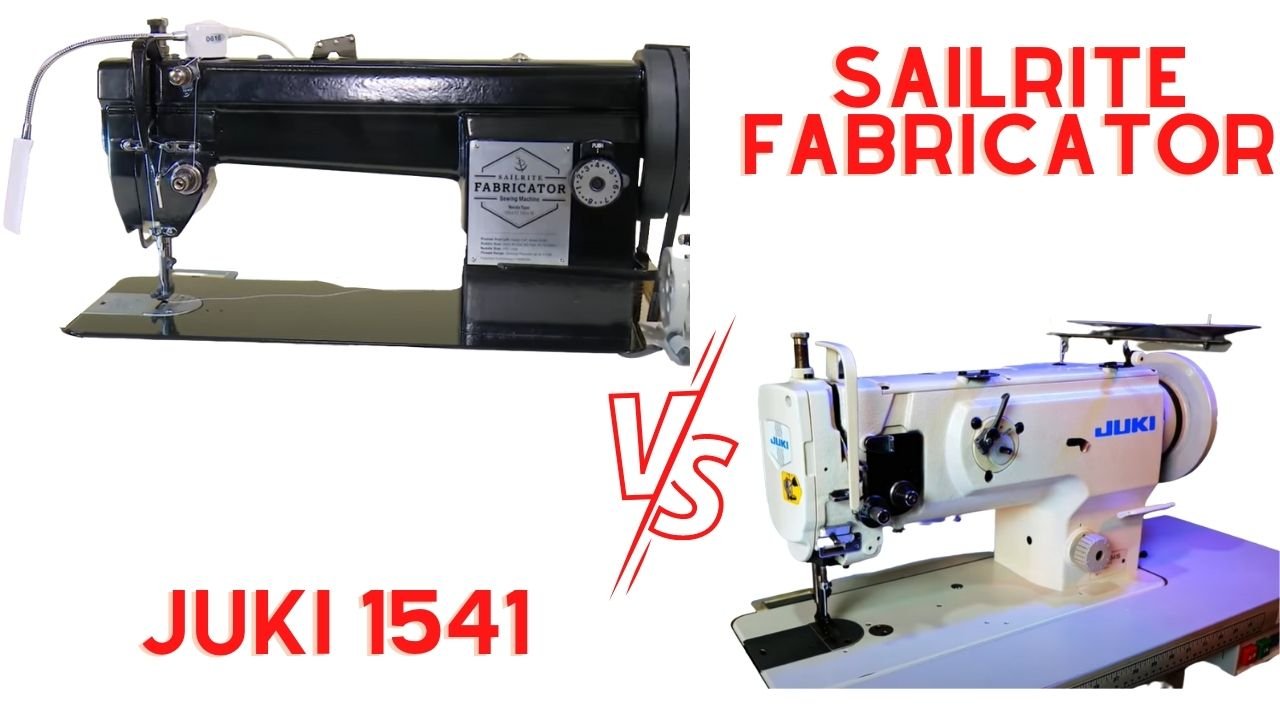
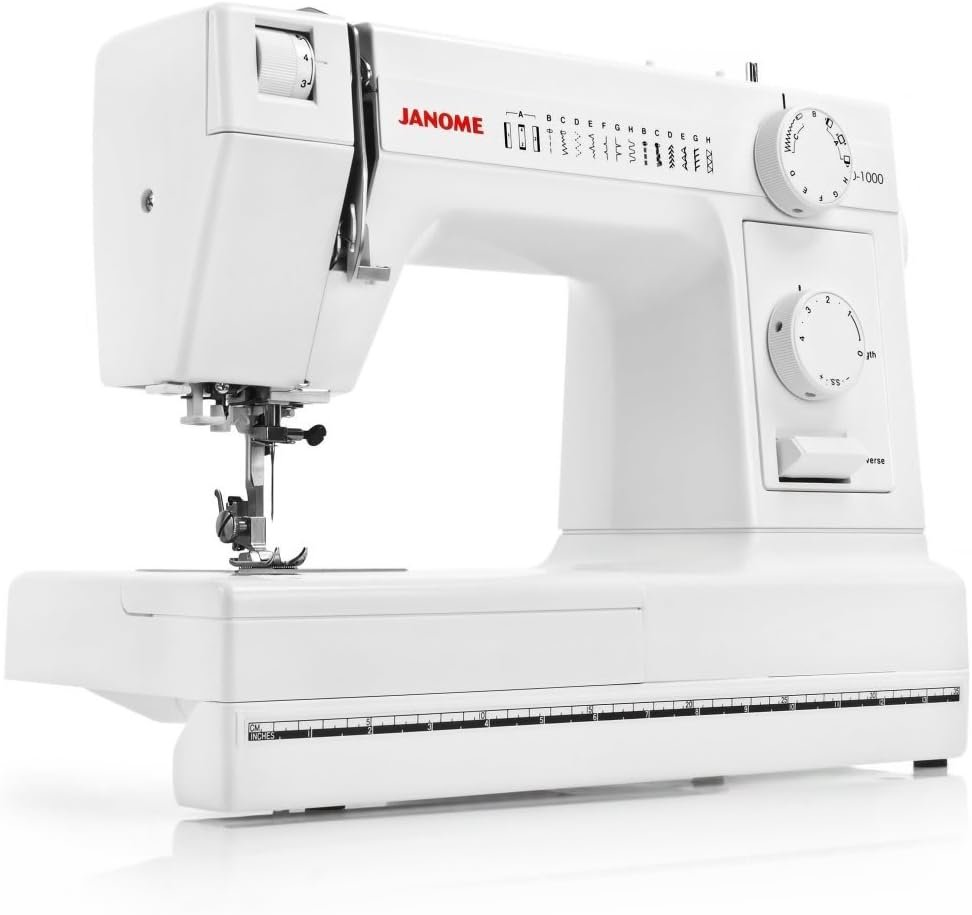
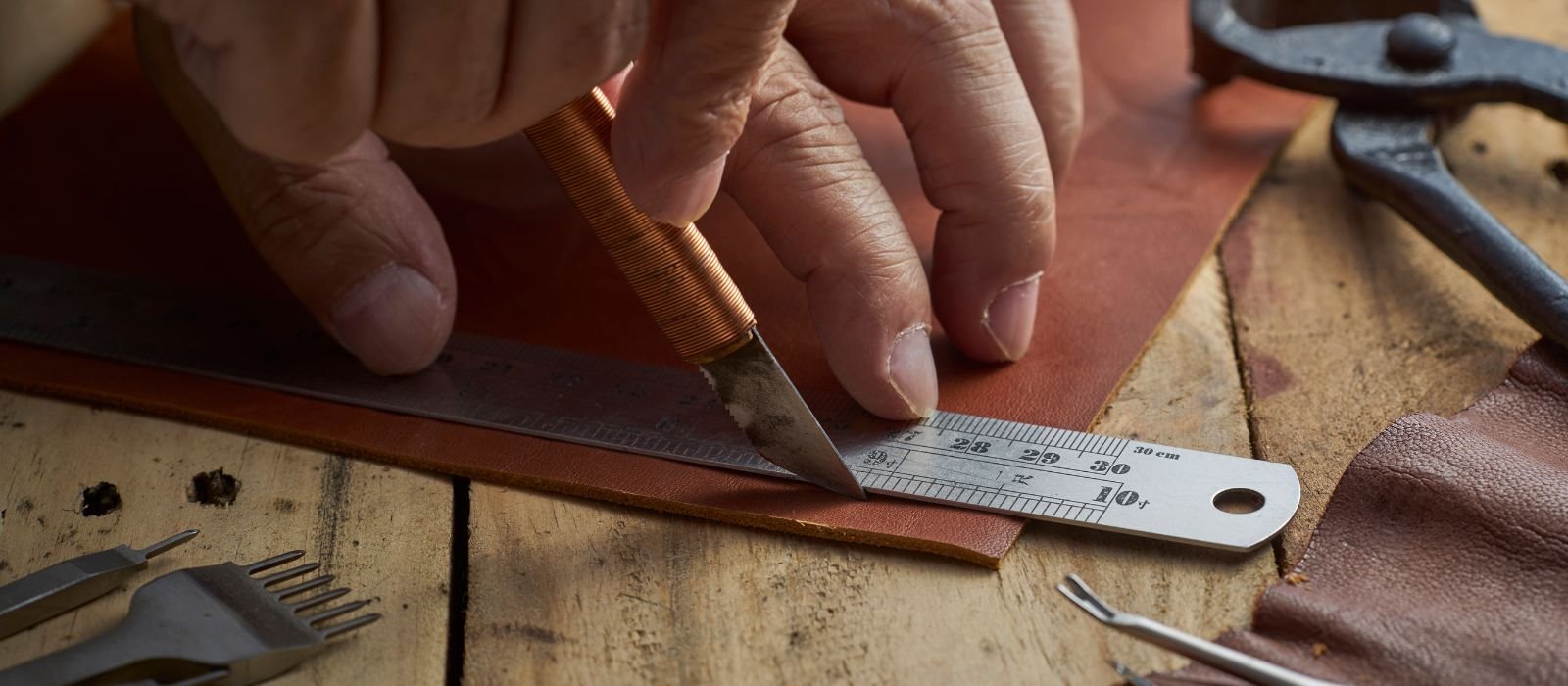

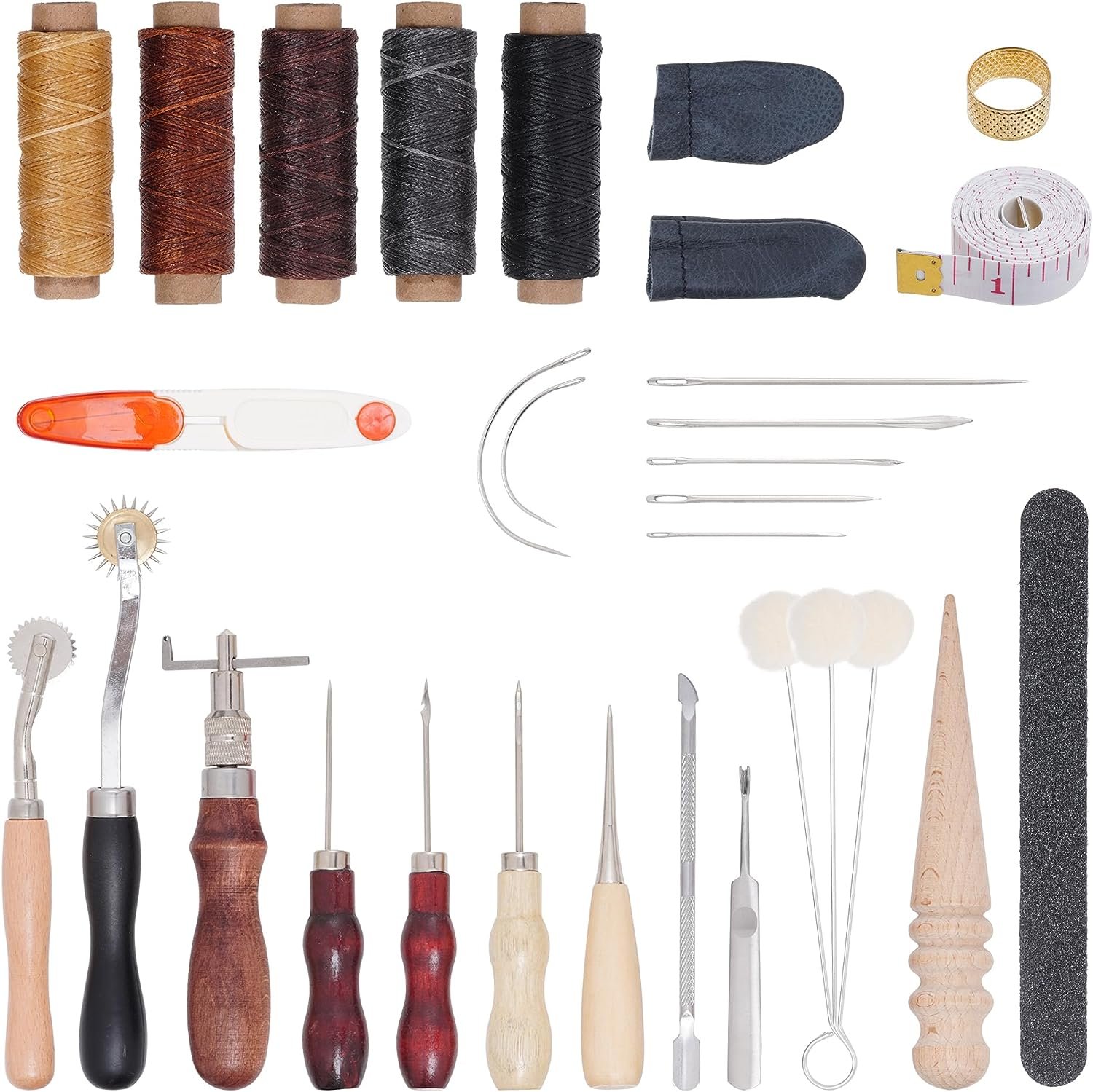
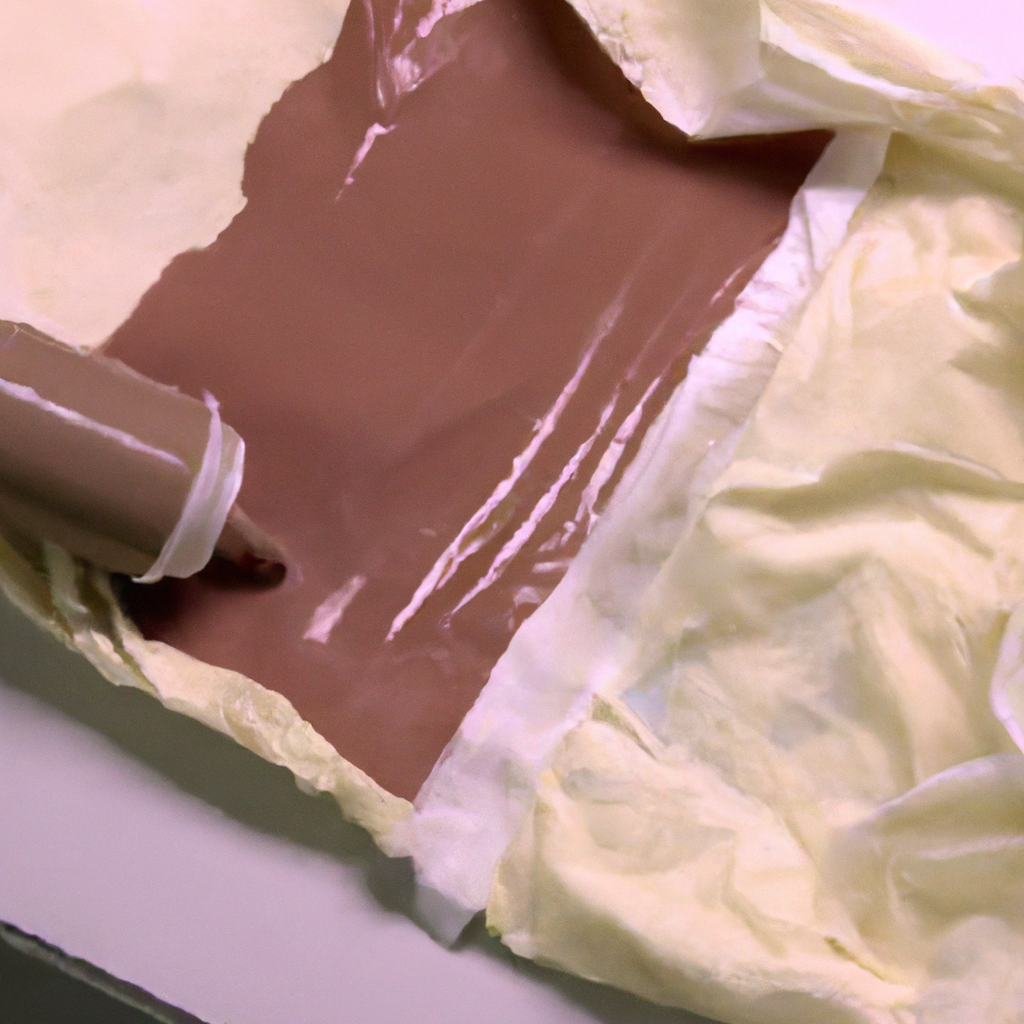
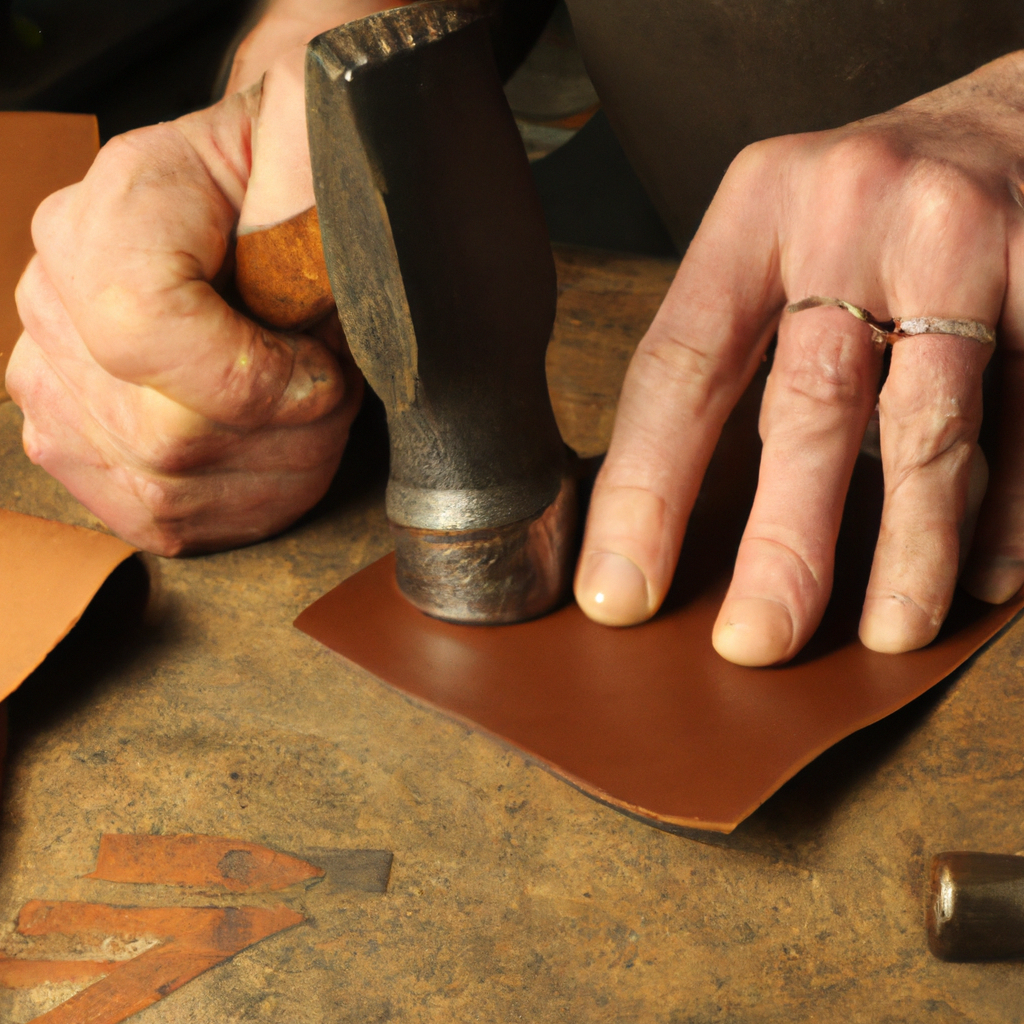

Leave a Reply